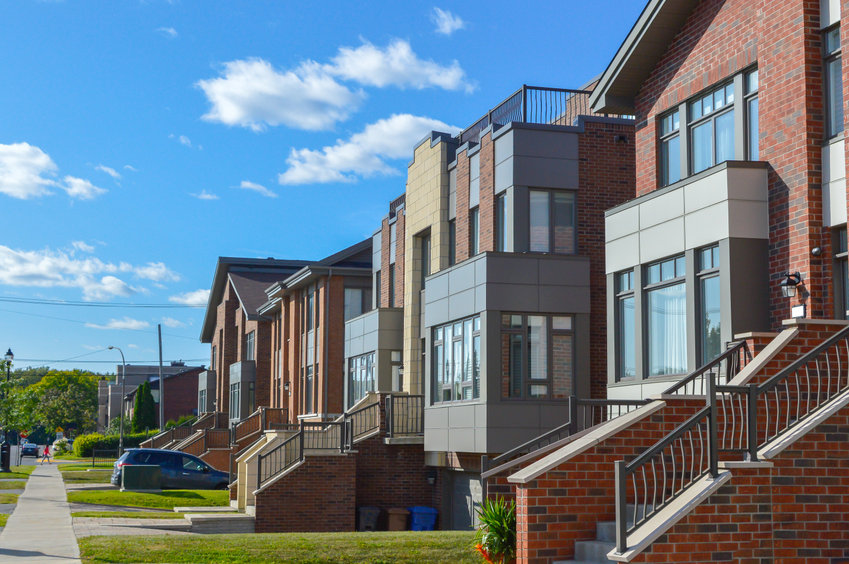

 CMHC has released its latest Housing Market Insight report which looks at housing supply and demand relative to the housing stock in Quebec’s 3 largest census metropolitan areas:
CMHC has released its latest Housing Market Insight report which looks at housing supply and demand relative to the housing stock in Quebec’s 3 largest census metropolitan areas:
- Montréal
- Québec
- Gatineau
Below is a summary from CMHC regarding the latest Housing Market Insight report:
The housing stock has grown over the last 15 years. The increase in housing stock, however, has not kept pace with the increase in demand.
The number of properties for sale compared to the size of the housing stock was very low.
This is the most significant market imbalance in Gatineau, Montreal or Québec since at least 2007.
Any measure that would stimulate demand without increasing supply could contribute to maintaining these housing market imbalances.
Supply and demand: The importance of taking housing stock into account
For the past few years, home sales have increased in several Quebec census metropolitan areas while the number of properties for sale has decreased. This imbalance between supply and demand favours sellers and has resulted in higher prices.
The housing stock grows every year. New homes are built and commercial or industrial buildings are converted into residential buildings.
Therefore, the number of units that can be bought and sold naturally increases over time. Despite the increase in Quebec’s housing stock, there are fewer and fewer homes for sale on the market.
Given this situation, it is important to explore how housing supply and demand in Quebec have evolved in relation to the housing stock in recent years.
A better understanding of the influence of these factors could help industry partners and decision-makers develop more effective housing strategies.
Major imbalance between supply and demand in the Montréal real estate market
- From 2015 to 2020, the growth in demand was 6 times greater than the growth in the number of units in the housing stock.
- Close to 7% of all units in the housing stock changed owners in 2020, a proportion that has been surpassed slightly in only a few past years.
- Supply reached, in 2020, one of its lowest points in 14 years, with only 8.2% of all housing units available for sale.
- Such a small gap between supply and demand in relation to the size of the housing stock had not been seen since 2007. Between 2011 and 2015, the difference was about 3 times greater.
Imbalance in supply and demand reaches level not seen in nearly 15 years in Québec
- Between 2015 and 2020, demand grew 5 times faster than the number of units in the housing stock.
- Nearly 6% of all units in the housing stock were sold in 2020, a proportion that had not been observed for almost 10 years.
- Supply reached a 14-year low in 2020, with only 6.5% of all units of the housing stock available for sale that year.
- The gap between supply and demand relative to the size of the housing stock narrowed to a degree not seen in 14 years. Hence the pressure on prices observed in recent years.
Gatineau sees its greatest imbalance between supply and demand in at least 14 years
- From 2016 to 2020, demand has grown 13 times faster than the increase in the size of the housing stock.
- In 2020, more than 7% of units in the housing stock were bought, a greater proportion than in Montréal or Québec, and a percentage not that important since 2010.
- In 2020, supply reached a 14-year low, as only 7.8% of all units of the housing stock were available for sale.
- The gap between supply and demand relative to the size of the housing stock has not been this narrow in at least 14 years, and was also tighter than those recorded in Montréal and Québec.